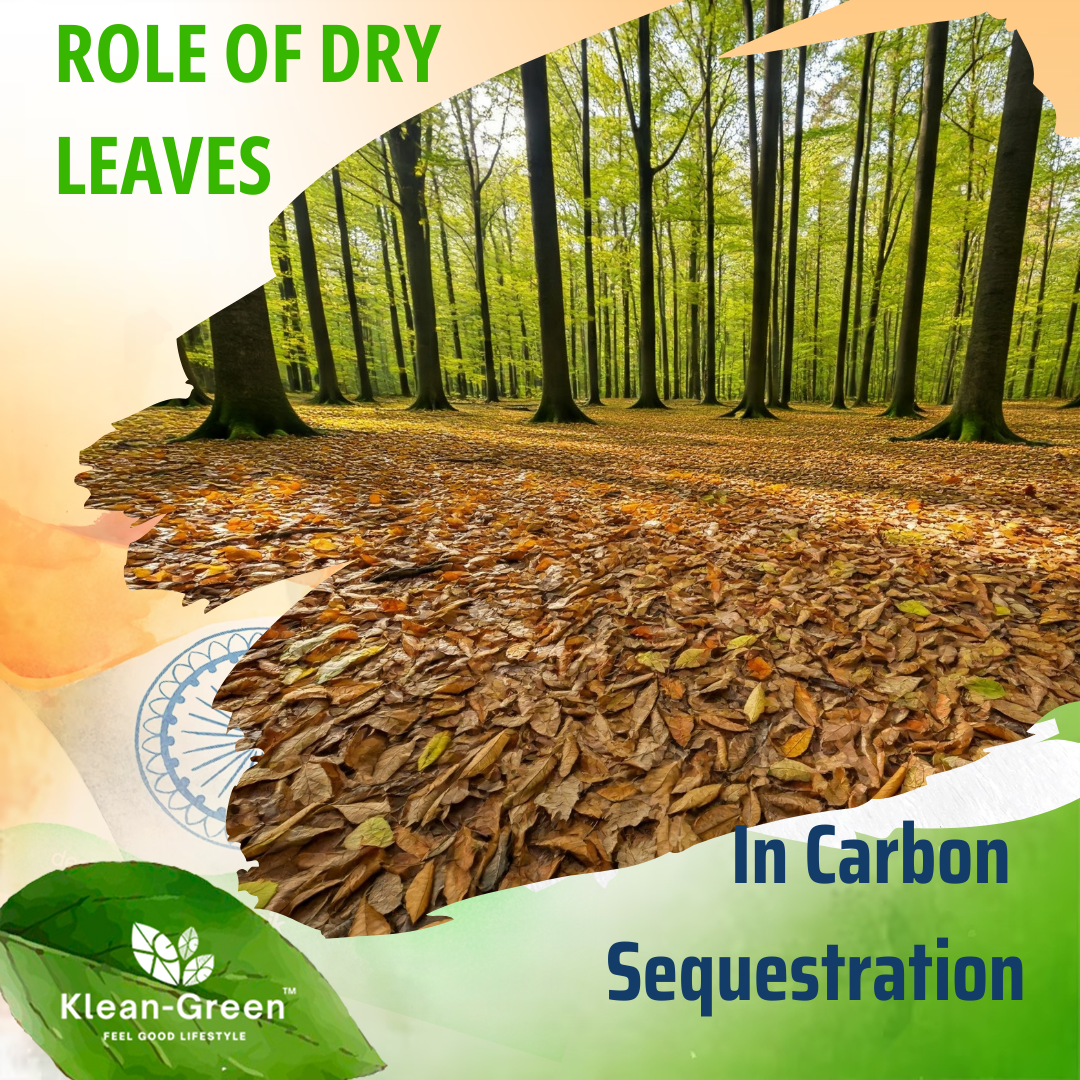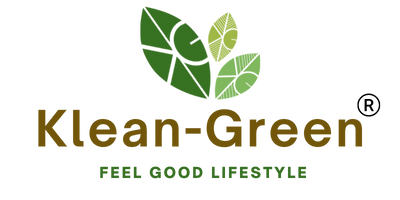
We often view fallen leaves as unsightly litter, destined for the compost bin or the curb. However, these seemingly lifeless remnants of autumn play a vital role in a crucial environmental process: carbon sequestration.
Understanding Carbon Sequestration
Carbon sequestration is the process of capturing and storing atmospheric carbon dioxide. This is crucial in mitigating climate change, as excessive carbon dioxide in the atmosphere contributes to global warming.
The Remarkable Role of Dry Leaves
While trees are the primary carbon capturers, dry leaves continue to play a significant role even after they fall:
- Soil Carbon Enrichment: As leaves decompose, they release organic matter into the soil. This organic matter gradually transforms into humus, a stable, carbon-rich substance. Humus acts as a long-term carbon reservoir, storing carbon within the soil for extended periods.
- Erosion Prevention: A layer of dry leaves on the soil surface acts as a protective shield, minimizing soil erosion caused by wind and water. By preventing soil erosion, dry leaves help retain the carbon already stored within the soil.
- Improved Soil Health: Decomposing leaves release essential nutrients like nitrogen, phosphorus, and potassium back into the soil, enriching it and promoting plant growth. This enhanced plant growth further contributes to carbon uptake. Moreover, dry leaves improve soil structure, increasing its ability to hold water, which benefits plant health and indirectly supports carbon sequestration.
A Simple Yet Powerful Action
Leaving fallen leaves on the ground is a simple yet effective way to support natural carbon sequestration processes. By allowing nature to take its course, we can harness the power of these seemingly insignificant leaves to combat climate change.
Let’s embrace the natural cycle and recognize the vital role that dry leaves play in maintaining a healthy planet.
Call to Action:
- Observe the leaves: Take a moment to observe the leaves on your property. Consider leaving them in place to enrich your soil and support carbon sequestration.
- Spread the word: Share this information with your friends, family, and neighbors to raise awareness about the importance of dry leaves.
- Support local initiatives: Support local initiatives that promote sustainable leaf management practices.
By making small changes in our everyday lives, we can all contribute to a healthier planet.
Disclaimer: This information is for general knowledge and informational purposes only and does not constitute professional advice.







